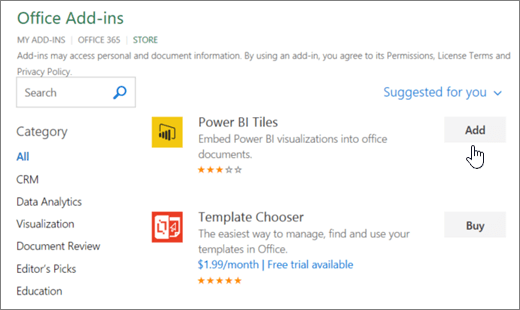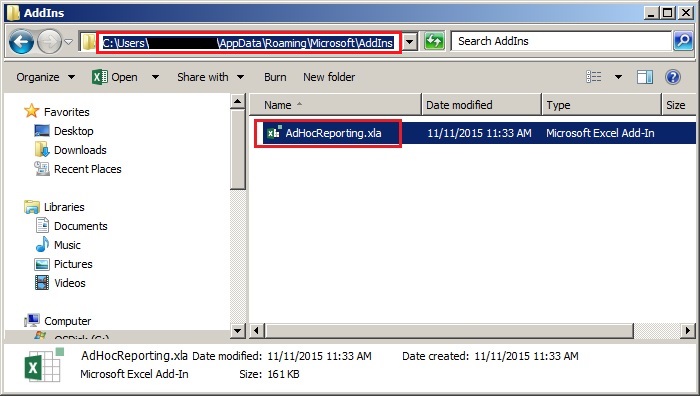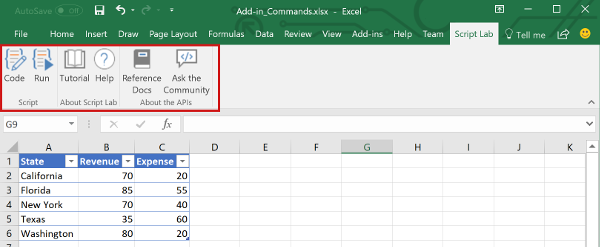


The URL of the add-in's web application.The manifest is an XML configuration file that defines how the add-in integrates with Office clients by specifying settings and capabilities such as: The web application can be hosted on any web server, and can be built using client-side frameworks (such as Angular, React, jQuery) or server-side technologies (such as ASP.NET, Node.js, PHP). Issue API requests to Microsoft Graph or any other API.Perform user authorization with an online service by using the standard OAuth 2.0 flow.


Components of an Excel add-inĪn Excel add-in includes two basic components: a web application and a configuration file, called a manifest file. Unlike COM add-ins, Excel add-ins do not require you to install any code on a user's device, or within Excel. Distribution via AppSource: Share your Excel add-in with a broad audience by publishing it to AppSource.Įxcel add-ins are different from COM and VSTO add-ins, which are earlier Office integration solutions that run only in Office on Windows.Use of standard web technology: Create your Excel add-in using familiar web technologies such as HTML, CSS, and JavaScript.Centralized deployment: Admins can quickly and easily deploy Excel add-ins to users throughout an organization.Cross-platform support: Excel add-ins run in Office on the web, Windows, Mac, and iPad.By using the Office Add-ins platform to create your Excel add-in, you'll get the following benefits. The Office Add-ins platform provides the framework and Office.js JavaScript APIs that enable you to create and run Excel add-ins. Provide richer interaction using dialog window.Add custom ribbon buttons or contextual menu items.Extend functionality using web based task pane or content pane.Interact with Excel objects, read and write Excel data.An Excel add-in allows you to extend Excel application functionality across multiple platforms including Windows, Mac, iPad, and in a browser.


 0 kommentar(er)
0 kommentar(er)
